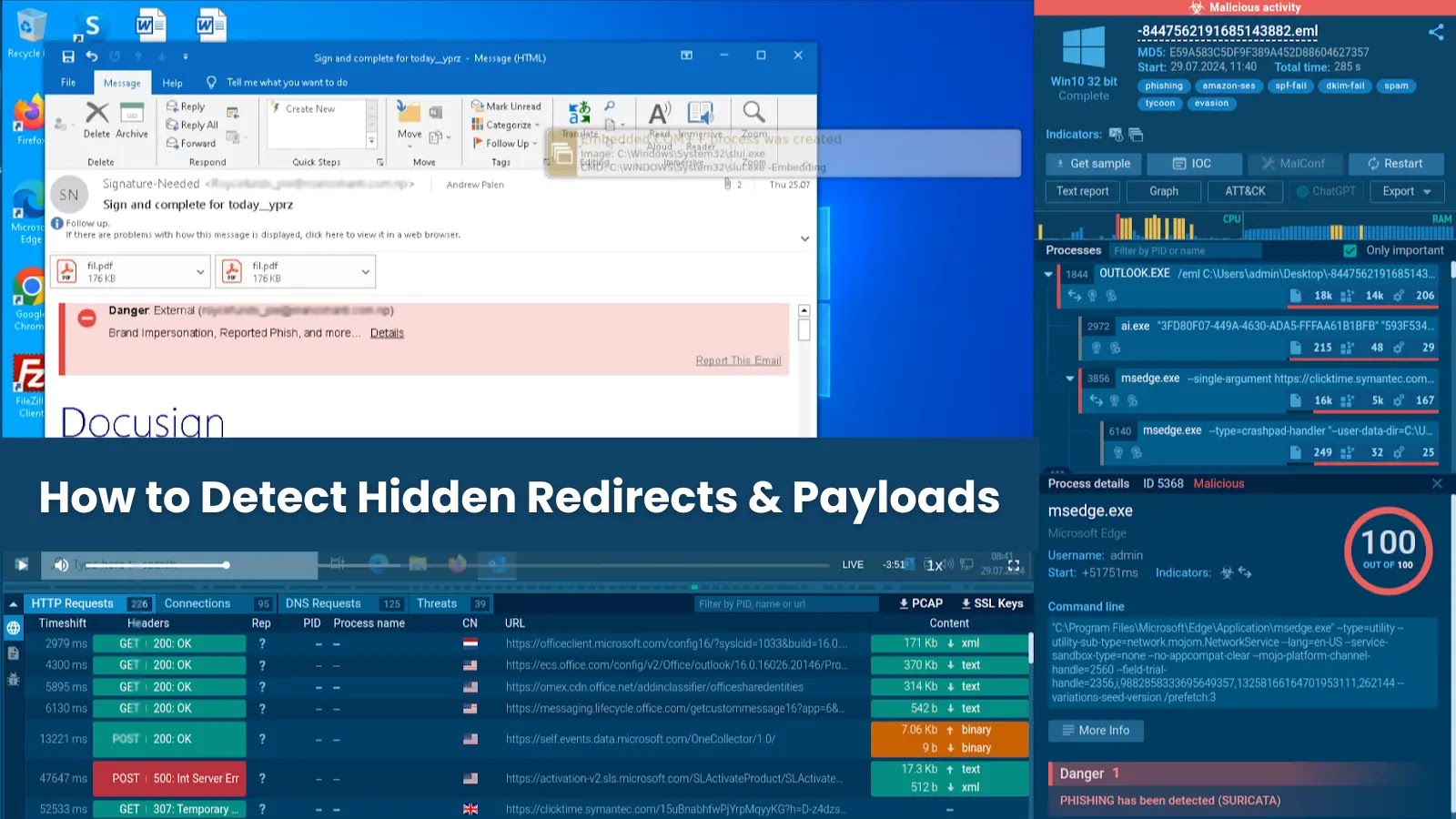In the evolving landscape of cybersecurity threats, a new and highly evasive Linux backdoor named Auto-Color has emerged, posing significant risks to government agencies and universities across North America and Asia. Discovered by researchers at Palo Alto Networks’ Unit 42 between November and December 2024, Auto-Color employs sophisticated techniques to infiltrate systems, maintain persistent access, and evade detection.
Infection Mechanism and Initial Deployment
The exact method by which Auto-Color infiltrates target systems remains unclear. However, the malware initiates its attack by executing files with innocuous names such as door, egg, and log, designed to blend seamlessly with legitimate system files. Upon execution, Auto-Color assesses the privileges it has acquired:
– With Root Privileges: The malware installs a malicious library named `libcext.so.2`, masquerading as the legitimate `libcext.so.0`. It then copies itself to the directory `/var/log/cross/auto-color` and modifies the `/etc/ld.preload` file to ensure its malicious library is loaded before any other system libraries, thereby achieving persistence.
– Without Root Privileges: Auto-Color still executes but skips the persistence mechanisms. While this limits its long-term impact, it still provides remote access to attackers, who may subsequently attempt to escalate privileges through other means.
Evasion Techniques and Stealth Capabilities
Auto-Color is engineered with advanced evasion strategies to remain undetected:
– File Name Disguises: By using benign-looking file names, the malware avoids raising suspicion during initial deployment.
– Library Hooking: The malicious `libcext.so.2` library hooks into core system functions, allowing the malware to intercept and manipulate system calls. This includes modifying the `/proc/net/tcp` file to conceal its network connections, effectively hiding its communication with command-and-control (C2) servers.
– Custom Encryption: Auto-Color employs a proprietary encryption algorithm to obfuscate C2 server addresses, configuration data, and network traffic. The encryption key changes dynamically with each request, complicating detection efforts.
Command-and-Control Communication and Functionalities
Once a connection to its C2 server is established, Auto-Color can execute a range of commands, including:
– Reverse Shell Access: Granting attackers full remote control over the infected system.
– Command Execution: Running arbitrary commands on the compromised machine.
– File Manipulation: Creating, modifying, or deleting files to expand the infection or exfiltrate data.
– Proxy Configuration: Utilizing the infected system to forward attacker traffic, potentially facilitating further attacks.
– Configuration Modification: Dynamically altering its own settings to adapt to different environments or objectives.
Additionally, Auto-Color features a built-in kill switch, enabling attackers to delete all traces of the malware from the compromised system, thereby impeding forensic investigations.
Implications and Defensive Measures
The emergence of Auto-Color underscores the increasing sophistication of malware targeting Linux systems, particularly within government and academic sectors. Its stealthy nature and robust persistence mechanisms make it a formidable threat.
To defend against Auto-Color, organizations should consider the following measures:
– Monitor Critical System Files: Regularly check for unauthorized changes to files like `/etc/ld.preload`, which can indicate the presence of malicious libraries.
– Inspect Network Anomalies: Analyze the `/proc/net/tcp` file for irregularities that may suggest concealed network connections.
– Implement Behavior-Based Detection: Utilize advanced threat detection solutions that focus on identifying unusual behaviors rather than relying solely on signature-based methods.
– Review Indicators of Compromise (IoCs): Stay informed about known IoCs associated with Auto-Color and incorporate them into security monitoring practices.
By adopting these proactive strategies, organizations can enhance their resilience against sophisticated threats like Auto-Color and safeguard their critical systems and data.



